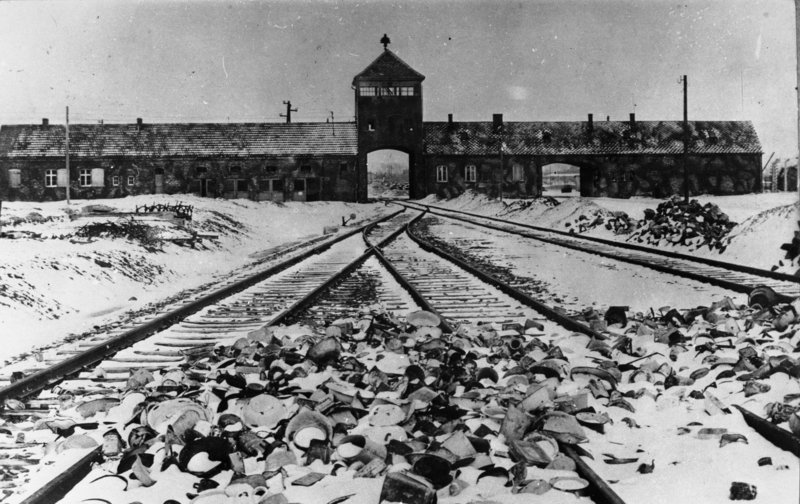Seventy-seven years ago, on January 27, 1945, Red Army soldiers overcame the resistance of the Nazis and liberated one of the most terrible places, the Auschwitz concentration camp, near the Polish city of Oświęcim.
At the time of the liberation camp, there were about 7,000 prisoners, mostly children and the disabled. The rest were either destroyed by the Nazis or taken to Germany.
The Auschwitz-Birkenau camp was part of a complex of Nazi concentration camps and death camps located in 1940-1945 in Upper Silesia, western from the Governorate-General. The complex consisted of three main camps: Auschwitz-1, Auschwitz-2 (Birkenau death camp) and Auschwitz-3 (Monovitz concentration camp). The total area of the camp was about 500 hectares.
The liberation of Auschwitz by the Red Army was only a small part of the Vistula-Oder operation conducted from January 12 to February 3, 1945 by the forces of the 1st Ukrainian Front.
In the second half of 1944, due to the success of the Red Army and the approach of the front line to the Nazi concentration camp Auschwitz, the SS leadership, which guarded the camp, decided to take about 65,000 prisoners into the Reich, and the camp authorities destroyed traces of crimes committed: documents were burned, ditches with human remains were filled up, the crematorium-4 building was dismantled, the rest of the cremation buildings were being prepared to be destroyed by explosives. Building materials and even items looted from murdered Jews were exported to Germany. However, the Nazis failed to completely eradicate all traces of crime. During the so-called During the "death marches", the SS shot the exhausted and unable to continue the journey of prisoners, as well as those who tried to escape. According to some estimates, between 9,000 and 15,000 people lost their lives during the operation.
On the morning of January 27, Soviet soldiers of the 100th Rifle Division entered the territory of the Monovitz camp left by the Nazis. Around noon, they occupied the center of Auschwitz without significant clashes, and around 15:30 - Birkenau. Their comrades from the 322nd Rifle Division, overcoming the resistance of the Nazis between 15:00 and 17:00, occupied the main camp (Auschwitz-1) with the adjacent economic territory. On the same day, Soviet troops continued their offensive in a southwesterly direction. According to various estimates, between 234 and 350 Red Army soldiers were killed in the fighting on the territory of the camp complex, as well as the city of Auschwitz and neighboring settlements. The vast majority of those released were Auschwitz prisoners in 1944, mostly Jews, a relatively large group of Poles who were taken to the camp after the Warsaw Uprising, and Belarusians and Russians.
A few days after his release, two Soviet field hospitals arrived, and medical personnel began to provide ongoing medical care for the rescued. In early February, they were joined by volunteers from the Polish Red Cross Hospital in Krakow. Historians estimate that between 1.1 and 1.6 million people were killed during the camp's existence, the vast majority of whom were Jews. In 1947, a museum was established near the camp, at the initiative of former prisoners.
Tetiana Seliutina

